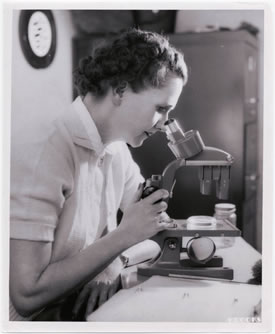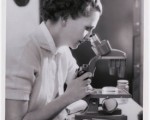Note to Readers: This morning I heard on NPR that today is the 50th anniversary of Silent Spring by Rachel Carson. I’m not sure where they got that information; Planet Waves commemorated that anniversary in June 2012, but in case you’re curious, here is our article on Rachel’s book, which started the environmental movement of the 1960s. –efc
Dear Friend and Reader:
Saturday, June 16 was the 50th anniversary of the publication of Silent Spring by Rachel Carson. This is the book that not only started the modern environmental movement; it defined the notions of the ‘environment’ or ‘ecosystem’ as we think of them today. Though it’s difficult to believe, prior to Silent Spring, those concepts did not exist in public consciousness.

Rachel Carson, circa 1962. From the Rachel Carson Papers. Yale Collection of American Literature, Beinecke Rare Book and Manuscript Library, Yale University.
Today, most people have heard the book’s title, though I’ve been asking around and so far I have not found anyone younger than I am who knows what it’s a reference to.
A marine biologist and avid birder who became a naturalist author, by the time Silent Spring was published, Carson had already written three bestsellers and had won the National Book Award For Nonfiction with her 1951 book The Sea Around Us. Her writing career grew out of working for the publications office of the U.S. Fish and Wildlife Service, where she was editor in chief.
Following up a longstanding interest, she began to focus her efforts on pesticides in the 1950s. This was the era when chemistry was going to solve every problem and save the world from the evils of nature. But Carson was suspicious, and had been collecting data about potential problems since before World War II. Her research resulted in Silent Spring, which exposed the dangers of broadcast spraying of insecticides and herbicides, principally DDT.
The military, the U.S. Department of Agriculture, and various industries were busy pouring tons of the stuff onto cities, towns, suburbs, farms and wilderness areas, telling everyone that it was perfectly safe. In one propaganda film, a British public health official is trying to convince an African chief and his tribe that DDT isn’t toxic. At the time it was being used to kill malaria mosquitoes. He has the chemical sprayed onto a bowl of hot cereal, which he then eats. But the chief refuses to accept that the insecticide is safe. (See the sixth film in the queue, “DDT So Safe You Can Eat It.”)

